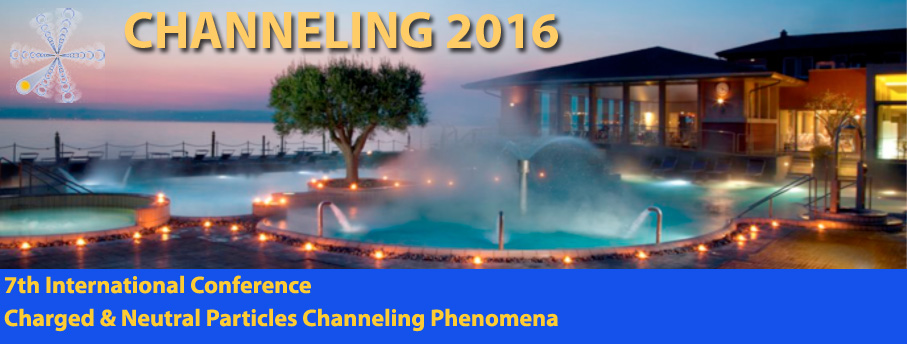Speaker
Mr
Evgeny Gurnevich
(Research Institute for Nuclear Problems of Belarusian State University)
Description
The studies of quasi-Cherenkov radiation produced by a charged particle moving through crystal built from parallel metallic wires (wire media) have demonstrated that the intensity of radiation grows essentially when the wavelength becomes comparable with the wire radius (kR~1).
Until recently, the interaction of electromagnetic waves with wire media was analyzed in the approximation of isotropic scattering of the electromagnetic wave by a single wire. However, in the range kR~1, electromagnetic wave scattering by a wire is anisotropic, i.e., the scattering amplitude depends on the scattering angle. In this report, we derive the equations that describe diffraction of electromagnetic waves and spontaneous emission of charged particles in wire media, and take into account the angular dependence of scattering amplitude. Numerical solutions of these equations show that the radiation intensity increases as the wire radius is increased and achieves its maximal value in the range kR~1. The case when this condition is fulfilled in the THz frequency range is considered in detail. The calculations show that the instantaneous power of Cherenkov and quasi-Cherenkov radiations from electron bunches in the crystal whose thickness is only 10~cm can be tens--hundreds megawatts, i.e., high enough to allow experimental observation as well as possible practical applications.
Primary authors
Mr
Evgeny Gurnevich
(Research Institute for Nuclear Problems of Belarusian State University)
Prof.
Vladimir Baryshevsky
(Research Institute for Nuclear Problems)

